Featured Image: ESA/S. Corvaja
Lift Off Time | April 09, 2021 – 07:42 UTC | 13:42 ALMT |
|---|---|
Mission Name | Soyuz MS-18, crewed flight to the International Space Station (ISS) |
Launch Provider | ROSCOSMOS |
Customer | ROSCOSMOS and NASA |
Rocket | Soyuz 2.1a |
Launch Location | Site 31/6, Baikonur Cosmodrome, Kazakhstan |
Payload mass | 7,080 kg (15,610 pounds) (for the whole spacecraft) |
Where are the spacecraft going? | Low Earth Orbit, International Space Station (~410 km (250 mile) circular orbit at 51.6° inclination) |
Will they be attempting to recover the first stage? | No, this is not a capability of Soyuz Kazakhstan |
Where will the first stage land? | It will crash into the steppes of Kazakhstan |
Will they be attempting to recover the fairings? | No, this is not a capability of Soyuz |
Are these fairings new? | Yes |
How’s the weather looking? | N/A |
This will be the: | – 117th flight of a Soyuz 2 rocket – 30th orbital launch attempt of 2021 |
Where to watch | NASA livestream ROSCOSMOS livestream |
What’s all this mean?
Soyuz MS-18 is the next launch of humans to the International Space Station (ISS), bringing the total number of occupants to ten on the arrival date. It will take the crew three hours to go from launch to docking with the station, where they will then meet the current occupants, now their crewmates, for months to come. ROSCOSMOS cosmonauts Oleg Novitsky (Commander), Pyotr Dubrov (Flight Engineer 1), and NASA Astronaut Mark Vande Hei (Flight Engineer 2) are the crew members for this flight.
For the second time on a crewed flight, ROSCOSMOS will use the new fast rendezvous technique (first used on MS-17) to reach the ISS in just two orbits or about three hours. Previous techniques allowed the rendezvous to take four orbits or about six hours.

Who is on Soyuz MS-18?
Each crew member plays a crucial role in the safe travel from the launch pad to the International Space Station (ISS). The Soyuz capsule consists of a commander and two flight engineers, flight engineer 1 and flight engineer 2. It is not unusual for astronauts from other agencies to fly on a Soyuz capsule, as there is normally at least one astronaut from another agency accompanying a Russian commander. Flying on Soyuz MS-18 are ROSCOSMOS cosmonauts Oleg Novitsky (Commander) and Pyotr Dubrov (Flight Engineer 1), as well as NASA astronaut Mark Vande Hei (Flight Engineer 2).
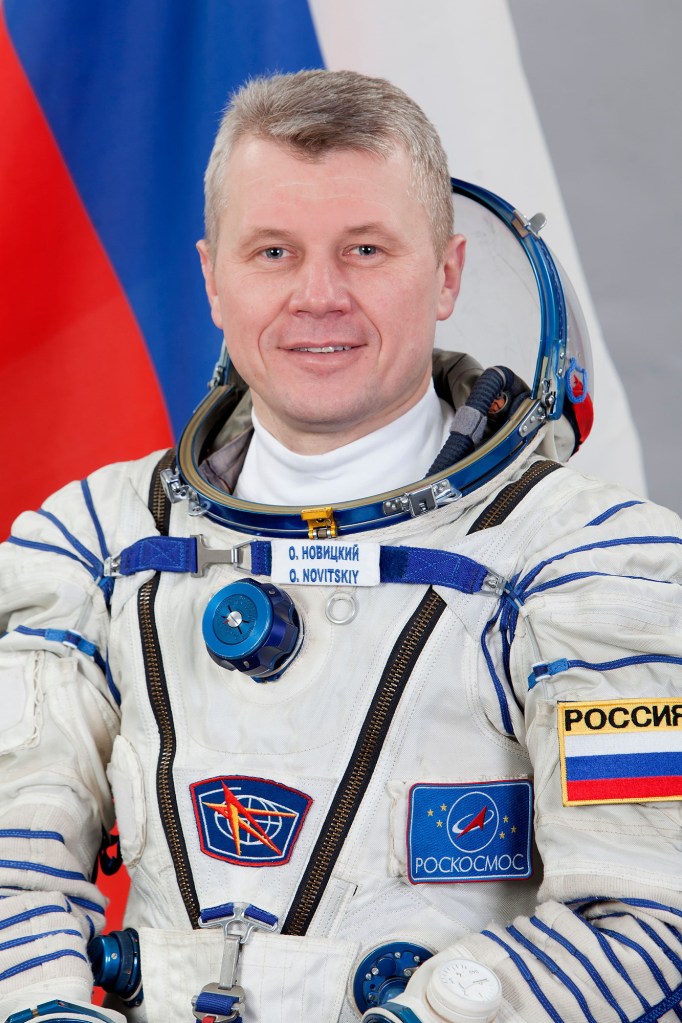
Oleg Novitsky (Commander)
Born in 1971, Oleg Novitsky quickly worked his way to the military where he became a certified pilot-engineer. He attended the Kachinskoye Military Pilot School from which he graduated in 1994.
After working in various positions and training others with his knowledge, Novitsky graduated from the Yuri Gagarin Air Force Academy where he logged over 700 hours of flight time, became a certified paratrooper instructor, and a military diver. Novitsky was selected as a Cosmonaut in 2006.
This will be Oleg Novitsky’s third spaceflight, all of which occurred on Soyuz vehicles. Novitsky first flew on the Soyuz TMA-06M spacecraft and served as a flight engineer during Expedition 33/34. After his first mission, he launched on Soyuz MS-03 in 2016, where he commanded the spacecraft for the first time.
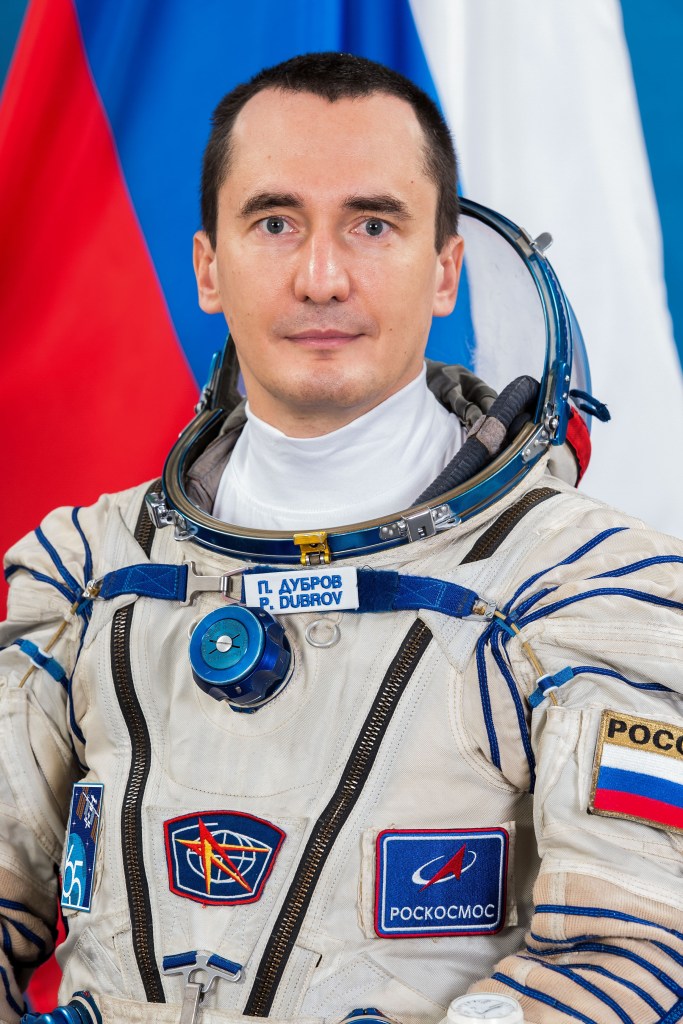
Pyotr Dubrov (Flight Engineer 1)
Born in 1978, Pyotr Dubrov studied to become a software engineer. He graduated from Khabarovsk State Technical University in 1999 with a degree in Software Engineering for Computers and Automated Systems.
In 2012, Dubrov was selected into the cosmonaut class of that year with eight other candidates. He spent two years in cosmonaut training, including training for unlikely but potentially fatal events where the Soyuz capsule could land anywhere after an off-nominal deorbit: warm or cold, land or sea.
This will be Dubrov’s first flight to space, after being a backup crew member for the recent Soyuz MS-17 flight.

Mark Vande Hei (Flight Engineer 2)
Born in Virginia in 1966, Mark Vande Hei worked to get a Bachelor’s degree of Science in Physics from Saint John’s University. Later he graduated from Stanford University with a Master’s degree of Science in Applied Physics. He then proceeded to go into the United States Army via the ROTC program. “ROTC” stands for “Reserve Officers’ Training Corps” and is a training program for commissioned college and university officers in the United States Armed Forces.
Col. Vande Hei has previously flown on a Soyuz in 2017, where he was a member of the Expedition 53/54 crew on the ISS. When asked about what he would do differently on his second spaceflight he said, “I adopted my ‘Tool Box’….I put objects inside a Ziploc container where they wouldn’t be knocked off the walls and easily lost.” Vande Hei his crewmates are scheduled to remain on the ISS for at least six months.
Where will everyone sleep?
For the first time ever there will be ten occupants sleeping on the ISS. There are only seven crew quarters available for astronauts and cosmonauts to sleep on the station. The ten occupants are from a total of three crews: the Crew-1 crew which travelled to the ISS on the Dragon capsule Resilience in November of 2020, the Soyuz MS-17 crew which launched in October of 2020, and the MS-18 crew launching on April 9th.

With the arrival of MS-18, NASA has developed plans of having some astronauts sleep in the Dragon crew capsule since the regular crew quarters will all be occupied. However, there was communication between astronauts about who was going to sleep where. In an interview with Everyday Astronaut, Mark Vande Hei explained his sleeping situation where he said, “normally the Dragon crew commander and others will sleep in the Dragon capsule. I had offered to be one of those people, but really kindly, Kate Rubins made a stand about how she would do that over me. She made a very detailed list about all of the things needed to take care of me and I was very touched by that.” Astronauts and cosmonauts can represent a tight family-like bond sometimes, even when they are miles apart.
Cramped Quarters
Considering the small size of the ISS compared to large open spaces on Earth, living with 11 other people in a space that size could result in different reactions from different occupants. During a press briefing with Mark Vande Hei, Everyday Astronaut asked how he feels about living with 10 other people. “You have to remember we are very socially isolated where you are only with a few other people from all of humanity. So I think having 10 other people will be good and healthy psychologically.” The crossover with the greatest amount of people will occur in late April with two Dragon crews, four people each, and a Soyuz crew totaling 3 people.
Is NASA not done paying for seats on Soyuz rockets?
In the Soyuz MS-17 Prelaunch Preview, the facts section noted that MS-17 would be the last flight on which NASA will pay for a seat. However, as shown above, another NASA astronaut will be flying on MS-18. The previous statement of “Final NASA paid seat on Soyuz Spacecraft” still holds true to a certain extent.
NASA did not purchase the seat for Mark Vandei Hei directly. Axiom Space had originally purchased the seat from ROSCOSMOS with plans to resell it to whoever wanted to buy it. NASA took the opportunity and bought the seat with the promise of a seat for Axiom on a future Commercial Crew spaceflight.
What about the rocket?
Introduced in 1966, the Soyuz rocket (also known as R7) has been the workhorse of the Soviet/Russian space program. The first launch of the Soyuz 2-1a version on November 8, 2004 from the Plesetsk Cosmodrome represented a major step in the Soyuz launch vehicle’s development program.

The crewed Soyuz version currently offered by Russia is a four-stage launch vehicle, which consists of:
- four side boosters (booster)
- a central core (first stage)
- an upper central stage
- the Soyuz MS spacecraft itself
Side boosters
The side boosters’ RD-107A engines are powered by liquid oxygen and kerosene, which are the same propellants used on each of the rocket stages. The kerosene tanks are located in the cylindrical part and the liquid oxygen tanks in the conical section. Each engine has four combustion chambers and four nozzles.
During side booster separation, the boosters perform a well-known pattern, in which they peel off and cartwheel outwards! This is known as the “Korolev cross”, named after Sergei Korolev, the Chief Design Engineer of the USSR space program in the 1960s.
Center core
The center core is fitted with an RD-108A engine, and also has four combustion chambers and four nozzles. It also has four vernier thrusters, used for three-axis flight control once the side boosters have separated. The upper stage engine’s thrust enables the stage to separate directly from the central core. This is called “hot staging”.
Upper stage
The upper stage uses either an RD-0110 engine in the Soyuz ST-A (2-1a) version, or an RD-0124 engine in the ST-B (2-1b) version. This flight is using a 2.1a vehicle, so in this case the stage has an RD-0110 engine.
What about the spacecraft?
The Soyuz MS spacecraft is the latest version of Russia’s long-standing three-person spacecraft. Soyuz capsules first flew in the 1960s. The spacecraft external appearance is largely unchanged over this time. However, the internal systems and capabilities have been upgraded many times.
The Soyuz MS variant is one of the versions from the fourth generation of this spacecraft. Its first flight was in 2006. Soyuz consists of three sections:
- the orbital module
- the descent module
- the service module
The orbital module
This is the forward section of the spacecraft, the part that docks to the ISS. It is the part of the spacecraft where the crew will spend most of their time on orbit. It has more living room than the descent module. On the Progress uncrewed resupply missions, this is replaced by a cargo module.
The descent module
This is the middle section of the spacecraft. It is the only part that returns intact to Earth ground level. This is where the crew will sit during the launch and the reentry. They will be wearing spacesuits in case of capsule depressurization. There is very little room for the crew of three in this module. On the Progress uncrewed resupply missions, this is replaced by a refueling module that can transfer fuel into the Russian segment. This can then be used by thrusters on the ISS to boost its orbit.
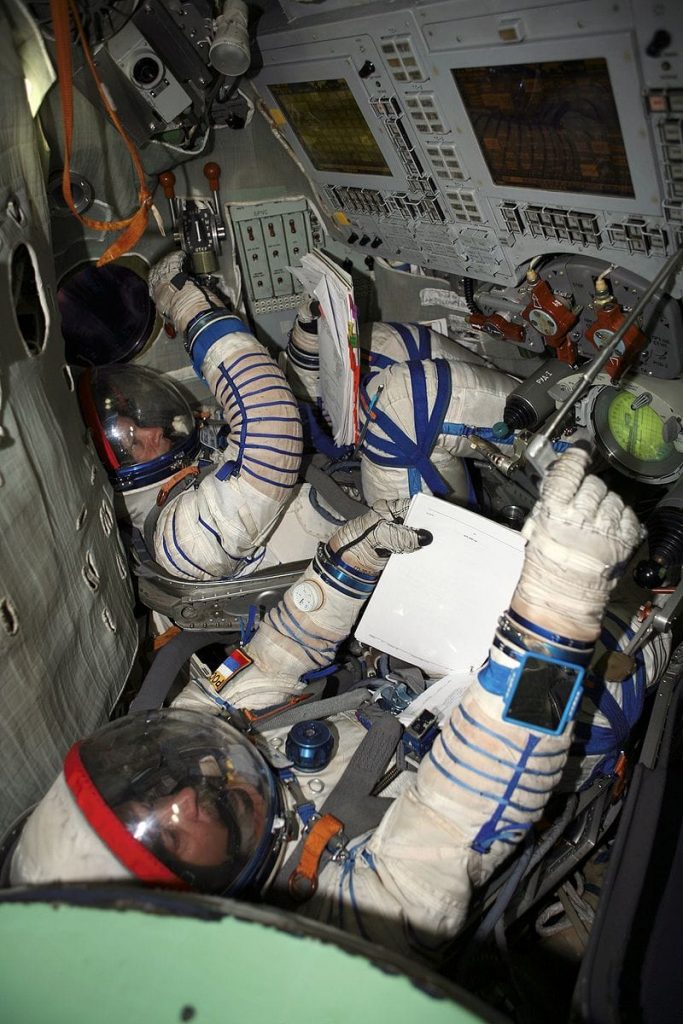
The service module
This is the aft (rear) section of the spacecraft. It provides the main engine used for maneuvring on orbit and the thrusters for fine control during docking and departure. Also, it also contains the life support system for environmental control of the rest of the spacecraft. In addition, it also supports the solar panels and various radio communication systems.
Rocket Section by Andy Law.




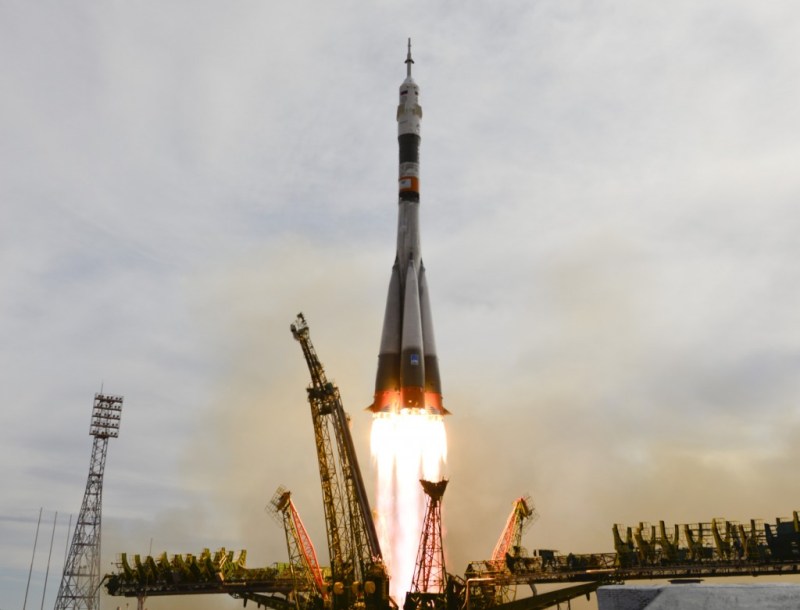

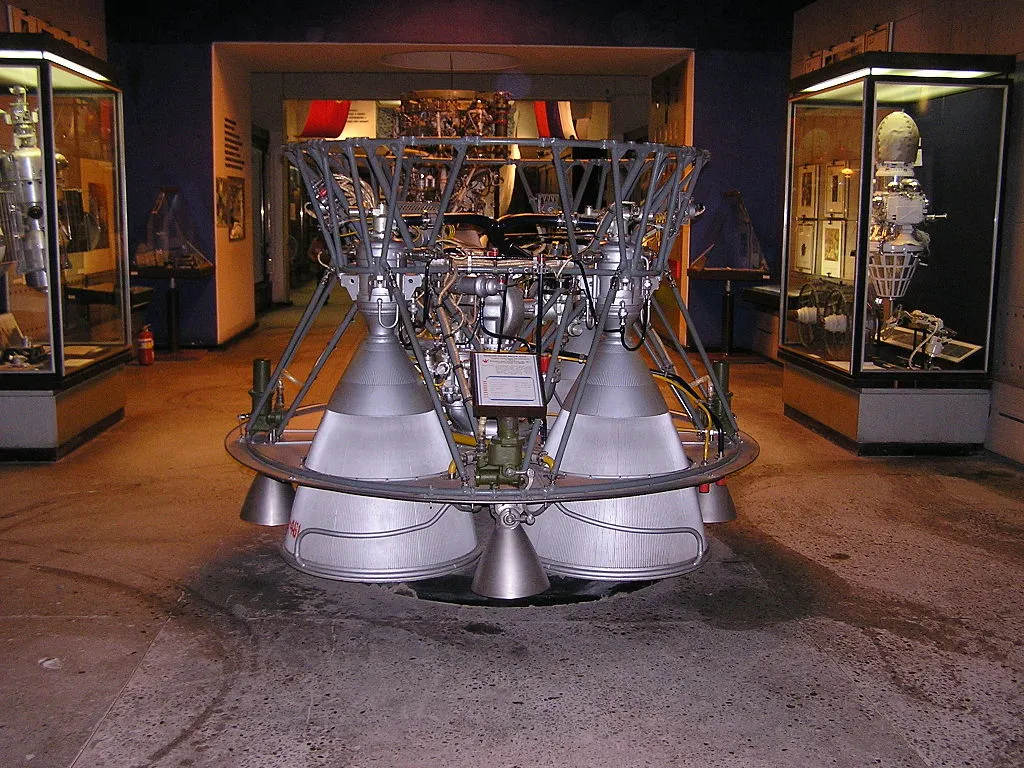
The Soyuz launch vehicle, on which the Soyuz MS-18 spacecraft was launched, consists of three stages: 4 side blocks are the first stage, the central block is the second stage and the third stage.
You write:
The crewed Soyuz version currently offered by Russia is a three-stage launch vehicle, which consists of …
So be consistent and put it right:
• four side boosters (first stage)
• a central core (second stage)
• an upper central stage
• the Soyuz MS spacecraft itself